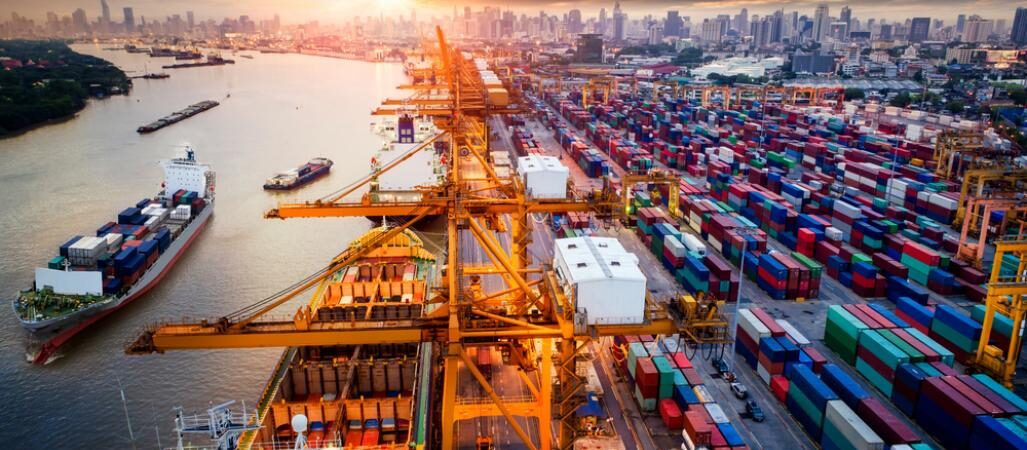We are less than one week from Christmas and the recurring question is whether retailers will have their shelves and websites stocked with holiday gifts, especially for last-minute shoppers.
Every day, NRF receives press inquiries about the status of the supply chain and the impact on holiday sales. The answer is that most retailers have had plenty of merchandise, and we expect that to remain the case. In fact, NRF believes the 2021 holiday season will be the best ever; despite ongoing concerns with COVID-19 and supply chain disruptions, holiday sales could grow as much as 11.5 percent over 2020.
In addition, NRF’s Global Port Tracker report is forecasting imports at major retail container ports will end 2021 with both the largest volume and fastest growth on record.
Despite the positive signals with strong holiday sales, many believe the supply chain disruption issues that have been occurring throughout the pandemic will continue well into 2022. In general, demand for goods and materials continues to outpace the supply of everything needed to produce and move those goods through the supply chain. The latest omicron variant continues to lead to uncertainty throughout the supply chain as there is potential for overseas factories to be forced to shut down because of infections.
While we are seeing progress in moving containers through the Ports of Los Angeles and Long Beach, the ports continue to see import volumes that are leading to disruption. This is especially affected by continuing issues with empty container returns and chassis availability. Retailers both large and small face ongoing challenges of getting containers from the ports despite their best efforts.
Congress and the administration are taking note of the challenges and are working through potential solutions. Last week, the House passed H.R. 4996, the Ocean Shipping Reform Act, by an overwhelming 364-60 vote. NRF strongly supports the bill as a means to provide much-needed updates and reform to address carrier practices. A Senate companion bill is expected to be introduced shortly. The White House has endorsed the legislation as well.
While most of the attention has been on the White House and its appointment of a ports envoy, key agencies are also looking at their roles in the supply chain and where they can address the issues.
The Federal Maritime Commission launched a new initiative looking at how improved data transparency and increased information sharing can support the supply chain.
Commissioner Carl Bentzel is leading the initiative and will focus his work on three key objectives: cataloging the current state of maritime data, storage and access across the transportation chain; identifying key gaps in data definitions/classification; and developing recommendations for common data standards and accessing policies/protocols. Data and information sharing among stakeholders is critical to improving supply chain efficiency and resiliency.
While we focus on how to ease the current crisis, we also need to plan for future disruptions. Retailers are working nonstop to address today’s issues as well as those on the horizon. One issue that retailers are already planning for is the upcoming West Coast port labor contract negotiations. The current contract is set to expire on July 1, 2022, and recent press reports indicate that labor has rejected a one-year contract extension offered by management.
While there certainly are key issues to be discussed during the negotiations, we encourage the parties to begin negotiations early and provide stakeholders confidence that the talks won’t create additional supply chain disruptions during the 2022 peak shipping season. A more resilient and less disrupted supply chain is on every retailer’s wish list for 2022.
To read the original commentary, please click here.

